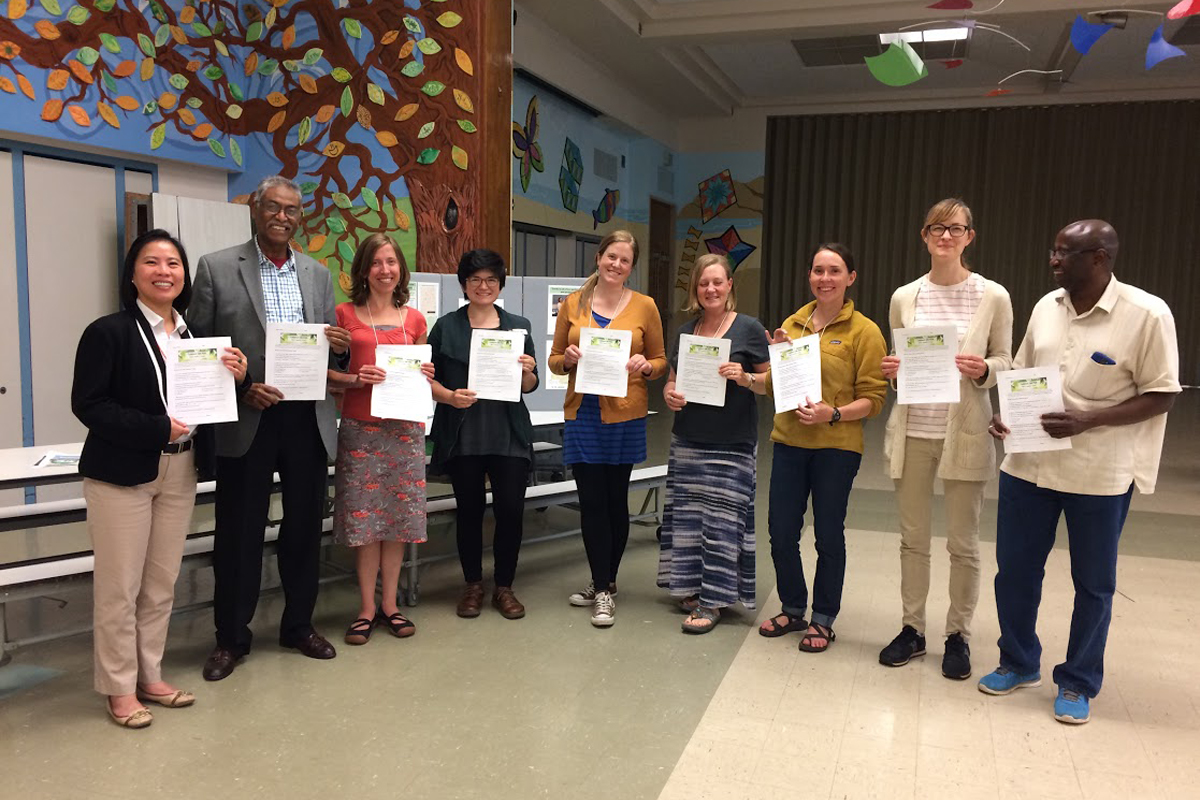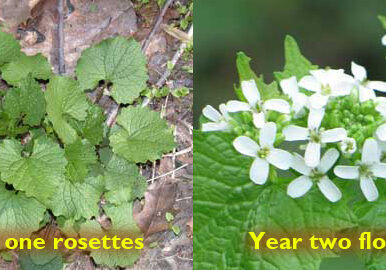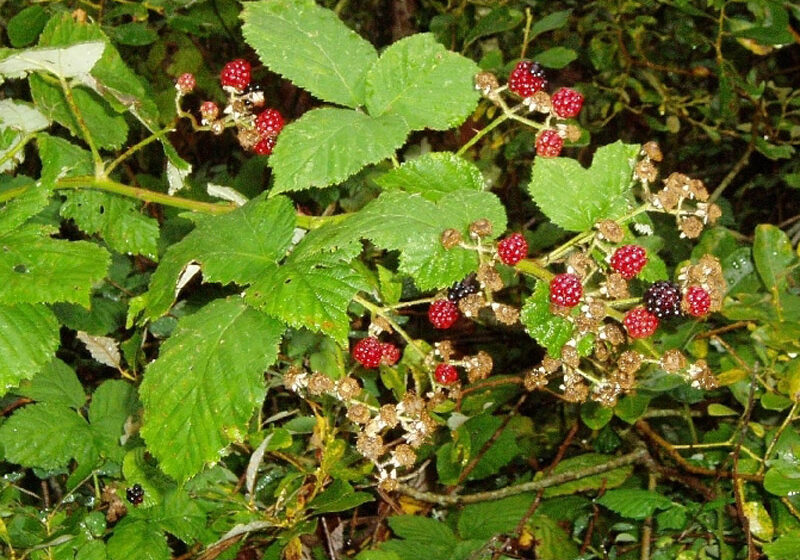Connect SW PDX was our first equity-centered community engagement project to reach underserved community members and launch new partnerships.
In 2014, West Multnomah SWCD and our partners launched a new initiative to find ways to better reach broader communities, and be more equitable and inclusive in our work. By 2016, we had crafted a set of equity goals that we were eager to put into action on-the-ground. To begin, we looked closely at which neighborhoods had received our services in the past. We were disappointed to learn that one of the most racially diverse neighborhoods in our district had never received any direct assistance from us. This discovery was an important first step in understanding that we had unintentionally carried forward racial inequality in our services.
To start dismantling the systems that led to this inequitable distribution of services, we sought out partners who were also looking to do this work. Backyard Habitat Certification Program, City of Portland Bureau of Environmental Services and Portland Parks & Recreation, Friends of Marquam Nature Park, Friends of Terwilliger, Tryon Creek Watershed Council, West Willamette Restoration Partnership, and Westside Watershed Resource Center came together to launch the “Connect SW PDX” project campaign to reach new neighborhoods and communities with funding support from Metro. The goal was to find and serve historically underserved and diverse communities of color in an area of ecological importance. The West Portland Park neighborhood met these important criteria. The neighborhood is rich with diversity and contains the headwaters of Falling Creek, a tributary to the Tryon Creek Watershed.
To get started, we first needed to learn from community members what their key environmental health concerns were. The plan was to send volunteers out door-to-door to talk with community residents and based on their needs, connect them to a local organization or resource. We quickly realized we didn’t know the best way to reach the community members we looking to serve. The two-year timeframe we had to deliver the project and the lack of an established presence from the District in this neighborhood presented substantial barriers for us to fully engage residents. In addition, we had not addressed how to manage language barriers. We realized we were ill-equipped to serve our communities and needed help. We had not taken the important step of inviting community members to participate in designing the outreach plan.
We were fortunate to discover the Community Engagement Liaison Services (CELS) who helped us redesign our outreach plan into a “listening project and action pledge” aimed at better serving and understanding the West Portland Park community. This model would allow community members to offer input and provided conservation actions that they could take with the help of partnering conservation organizations. The CELS also provided critical insight that was relevant at the time; distrust in the government in a racially charged political environment, uncertainty that we were in fact a legitimate organization, and the language barrier made it such that individuals could be reluctant to participate. These factors had all threatened to sink the project.
CELS connected us with community liaisons who are foreign language translators from within the community. Instead of a knock on the door from a government stranger, trusted local community leaders attending community events in and around their neighborhoods were able to deliver the project’s goals and provide translation services. They undoubtedly got more robust and authentic information about how we could best serve the needs of these underserved communities. This first proactive step into an underserved neighborhood far exceeded all our goals.
More than 100 people participated in the listening project, providing important information on how to better serve their communities. Forty nine participants pledged on-the-ground steps to preserve and restore ecological habitat. The demographic data collected showed we reached 26 residents that speak a language other than English at home and that 28 percent reported a racial or ethnic identity other than White. Partners used translation services, some for the first time ever, to respond to community members that pledged conservation action.
A neighborhood that was once without any District conservation projects has since received multiple conservation projects including youth environmental education programming, school garden support, riparianRiparian areas The land alongside a stream, creek, river, or floodplain habitat restoration planning and implementation, and a stormwater management workshop. This project also paved the way for long-term community involvement in our work, including providing input during the update to our 2021-2025 Long Range Business Plan.
For more information, contact Mary Logalbo, mary@wmswcd.org or 503.238.4775, ext. 103 at the West Multnomah Soil & Water Conservation District.
Connect SW PDX was sponsored by Metro in partnership with the following:




